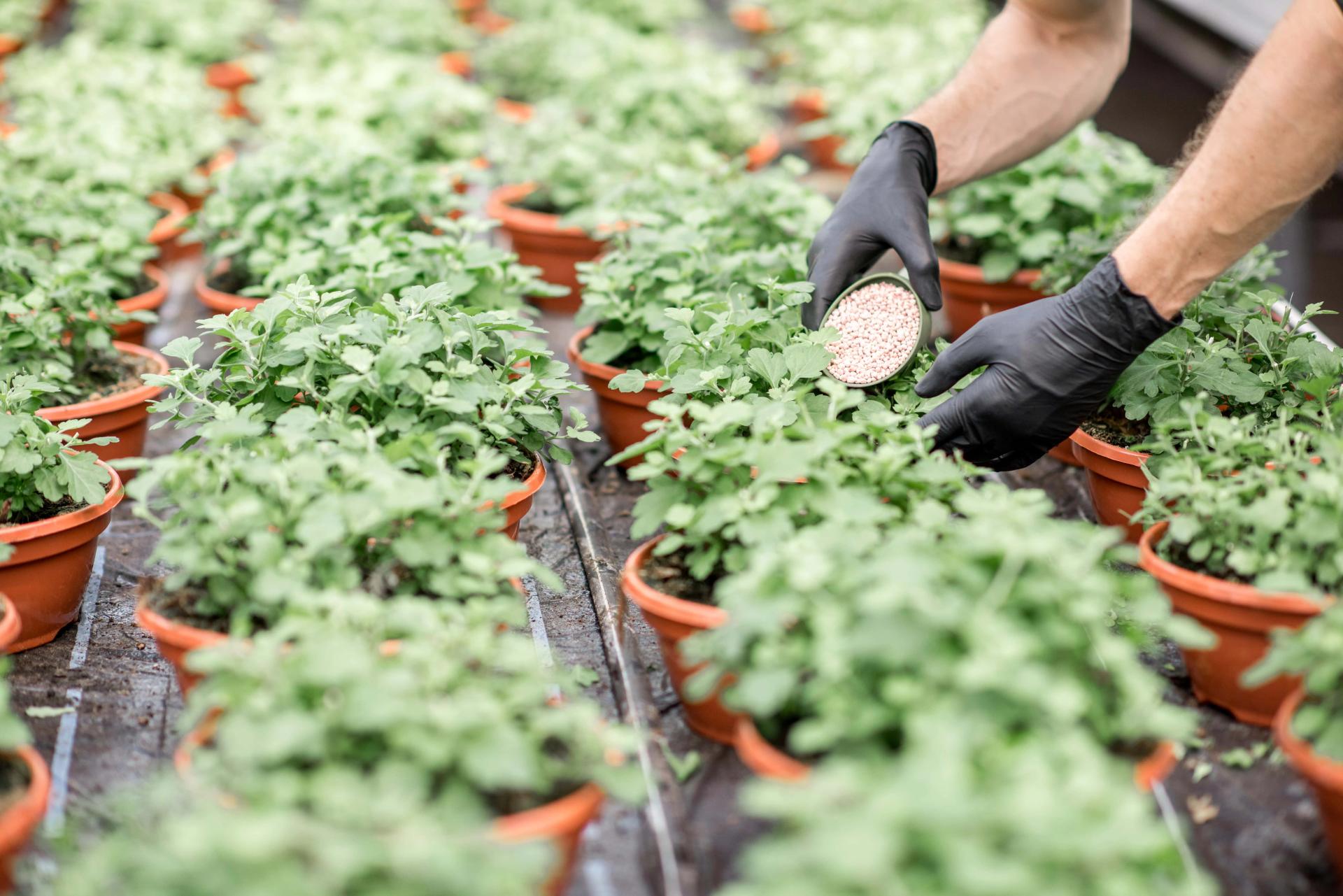Explore Why Some Plants Reject Epsom Salt as a Nutrient Source
In the intricate globe of plant nutrition, the denial of Epsom salt as a viable nutrient resource by some plants positions an intriguing problem. The reasons behind this careful actions delve into a complicated interplay of plant absorption systems, the distinct chemical structure of Epsom salt, and plant-specific nutrient preferences.
Plant Absorption Systems
In diving into the intricate world of plant absorption mechanisms, it becomes noticeable that the process is governed by an advanced interplay of molecular paths and physiological dynamics. Plants absorb nutrients largely through their origins, utilizing numerous transportation systems to uptake necessary aspects such as nitrogen, phosphorus, magnesium, and potassium. Magnesium, a crucial component in chlorophyll synthesis and enzyme activation, plays an essential role in plant development and growth.
The absorption of magnesium includes numerous steps, beginning with its schedule in the soil option. As soon as dissolved, magnesium ions are taken up by plant origins with specific transportation proteins installed in the cell membranes. These proteins facilitate the activity of magnesium throughout the root cell walls and right into the plant's vascular system, where it is after that dispersed to various cells to support different physiological functions.
Understanding the detailed systems behind magnesium absorption in plants drops light on exactly how this vital nutrient adds to general plant health and performance. By enhancing magnesium uptake pathways, farmers can improve plant yields and quality, emphasizing the importance of understanding plant absorption dynamics for lasting agriculture methods.
Epsom Salt Chemical Structure
The chemical structure of Epsom salt, additionally recognized as magnesium sulfate heptahydrate, reveals an unique setup of components that add to its unique residential properties and applications - what plants don't like epsom salt. Epsom salt is composed of magnesium (Mg), sulfur (S), oxygen (O), and hydrogen (H) atoms. The formula MgSO4 · 7H2O shows that each molecule contains one magnesium atom, one sulfur atom, 4 oxygen atoms, and 14 hydrogen atoms. The visibility of water particles in its structure adds to its solubility in water. The seven water particles are freely bound to the magnesium sulfate substance, enabling it to liquify easily in water and be conveniently occupied by plants through their roots.
The crystal structure of Epsom salt creates monoclinic prisms, which are extended crystals with identical ends. This crystal shape influences the physical residential or commercial properties of Epsom salt, such as its appearance and solubility. Understanding the chemical structure of Epsom salt is crucial for comprehending its behavior as a nutrient resource and its interactions with plants in farming and horticultural practices.
Plant-Specific Nutrient Preferences
Plants display distinctive preferences for certain nutrients, emphasizing the significance of understanding their individual demands for ideal development and advancement. Comprehending these plant-specific nutrient preferences is critical for making the most of plant returns, boosting decorative plant development, and promoting total plant health.

Plant-specific nutrient choices can additionally vary based upon whether the plant is a monocot or dicot. Monocots, such as lilies and turfs, have different nutrient requirements compared to dicots like roses and tomatoes. In addition, particular plants may show certain deficiencies or poisonings when exposed to insufficient or excess degrees of certain nutrients. By tailoring nutrient supplementation to meet the exact needs of each plant varieties, cultivators can maximize plant development, lessen nutrition waste, and assistance sustainable agricultural techniques.

Dirt Ph and Nutrient Uptake
Given the important role of plant-specific nutrient preferences in enhancing development and health and wellness, comprehending the partnership between soil pH and nutrient uptake comes to be critical. Dirt pH plays an important role in figuring out the accessibility of important nutrients for plant uptake. Different plants have differing pH choices for optimum nutrient absorption. Acidic soils with a reduced pH are positive for plants like azaleas and blueberries, while alkaline soils with a greater pH fit plants such as lavenders and clematis.
On the various other hand, alkaline soils may restrict the availability of nutrients like iron, copper, and zinc, affecting plant growth. Maintaining the suitable pH level in the soil is vital for ensuring that plants can effectively uptake the essential nutrients for their healthy and balanced growth and performance.
Hereditary Consider Nutrient Uptake
In the realm of plant nourishment, the interplay of genetic aspects dramatically influences the uptake of necessary nutrients crucial for plant development and advancement. Hereditary aspects play a critical role in shaping a plant's capacity to take in and utilize nutrients efficiently.
Moreover, genetic elements additionally identify the efficiency of nutrient uptake systems within plants. As an example, some plants may possess hereditary qualities that boost their ability to scavenge nutrients from the soil successfully, providing an affordable benefit in nutrient-poor settings. On the address other hand, hereditary variants can additionally result in restrictions in nutrient uptake, making particular plants more vulnerable to shortages also when nutrients are plentiful in the dirt.
Recognizing how genetic variables affect nutrient uptake is important for establishing strategies to maximize plant nutrition and boost crop productivity in different agricultural setups. By deciphering look at this now the genetic systems entailed in nutrient uptake, scientists can work towards developing genetically improved plant selections with boosted vitamins and mineral purchase capacities.
Conclusion

In the intricate globe of plant nourishment, the rejection of Epsom salt as a sensible nutrient resource by some plants poses an interesting quandary. what plants don't like epsom salt. Recognizing these plant-specific nutrient choices is essential for optimizing plant returns, enhancing decorative plant development, and advertising total plant health
By tailoring nutrient supplements to satisfy the specific needs of each plant varieties, growers can optimize plant growth, lessen vitamins and mineral waste, and support sustainable agricultural practices.
In the world of plant nourishment, the interaction of hereditary aspects dramatically influences the uptake of crucial nutrients crucial for plant growth and development. Understanding these intricacies in plant nutrient uptake is vital for optimizing plant development and wellness in check over here agricultural practices.